Delving into Darkness: An Exploration of “Martyrs” (2008)
“Martyrs” (2008) isn’t your typical horror film. It lures you in with the promise of retribution but quickly descends into a far more disturbing territory. While the title might suggest a narrative of noble self-sacrifice, the film presents a brutal, unflinching view of “martyrdom” in its most horrific form. Initially, the story follows Lucie, who embarks on a quest for vengeance against the family that inflicted unspeakable abuse upon her as a child. The initial scenes deliver on the expected tropes of a revenge thriller – violence, bloodshed, and a sense of vigilante justice. However, this perceived catharsis is short-lived. The film takes a jarring turn, dragging the viewer into an abyss of deep despair and philosophical horror.
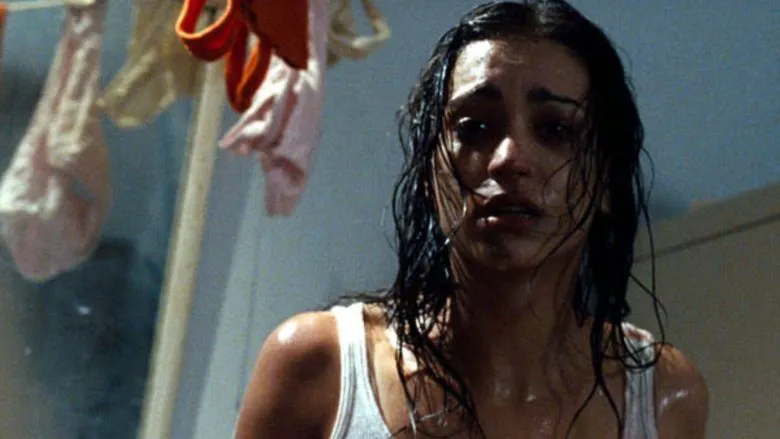 The movie poster of Martyrs
The movie poster of Martyrs
The latter part of “Martyrs” focuses on Anna, who falls prey to a secretive organization with deeply disturbing motives. Their methods transcend mere torture; instead, they aim to push Anna beyond the limits of human endurance, attempting to find out what lies beyond human suffering, and whether agony opens a window to the divine.
The Silent Invasion: Psychological Horror at its Finest
The true strength, and horror, of “Martyrs” comes not from what you see, but what you feel. It’s a psychological invasion. The disturbing visuals and the implied horrors seep into the viewer’s subconscious, creating a sense of dread and unease that lingers long after the credits roll.
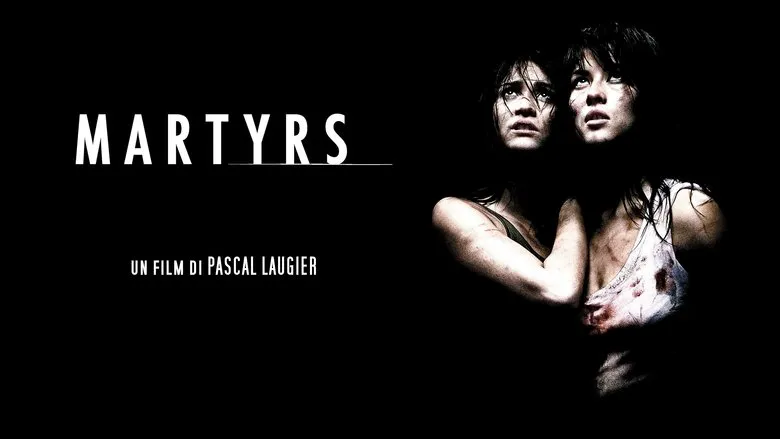 The victim suffered hallucinations
The victim suffered hallucinations
This film’s exploration of mental contamination sets it apart from many other horror movies, leaving a lasting impact on the viewer’s psyche.
Questioning the Core: The Purpose of Unbearable Pain
Unlike most films where violence is the plot driving force, “Martyrs” uses violence as something closer to religious fanaticism. The people inflicting harm upon Anna believe that they can transform her into a “martyr”, so that she may reveal to thme what happens after death pushes a person towards absolute devastation.
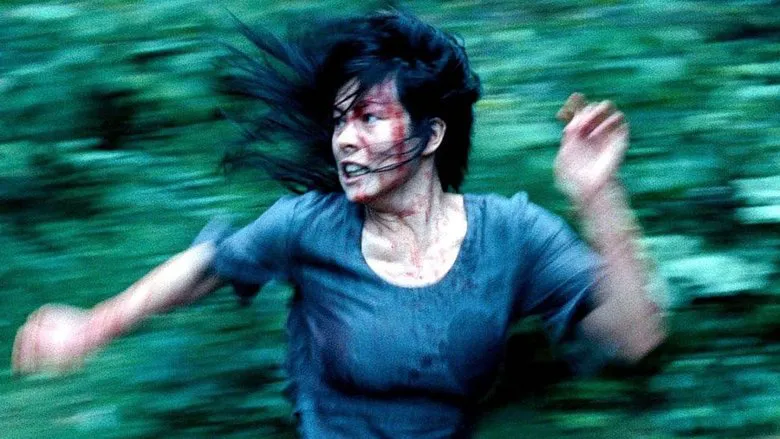 Anna is being tortured
Anna is being tortured
One of its more cruel aspects is how there’s no reassurance or resolution, which can usually be seen in martyrdom stories; these events are portrayed as graceful, beautiful and important. But in this film, Anna is not a symbol, not a hero- just an empty person. There is no epiphany, or explanation as her suffering leads to nothing tangible.
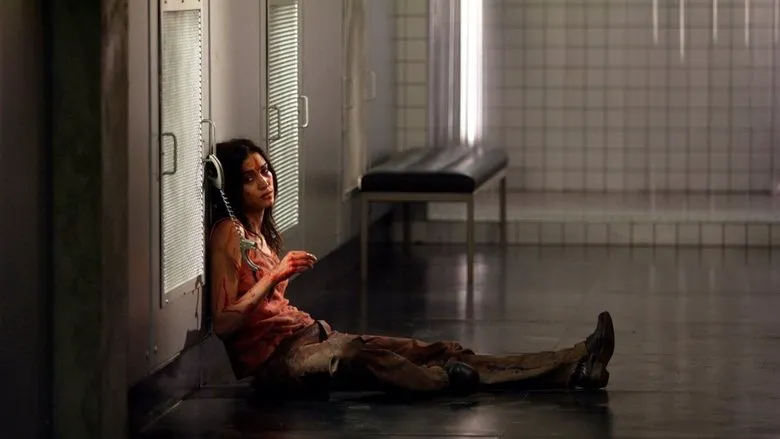 A scene from Martyrs
A scene from Martyrs
The final “revelation” is shrouded in deliberate ambiguity, forcing the viewer to grapple with the unanswerable, prompting deep and uncomfortable questions about existence.
What Makes “Martyrs” a Cult Horror Classic?
“Martyrs” achieves its cult status by expertly manipulating audience expectations:
- The Bait and Switch: The first half builds a typical revenge narrative, offering a false sense of familiarity.
- The Unforeseen Plunge: The story then twists into a philosophical investigation of extreme pain, catching viewers completely off guard.
- Unresolved Anguish: The picture provides no redemption or enlightenment. It simply leaves a lingering emptiness in its viewers.
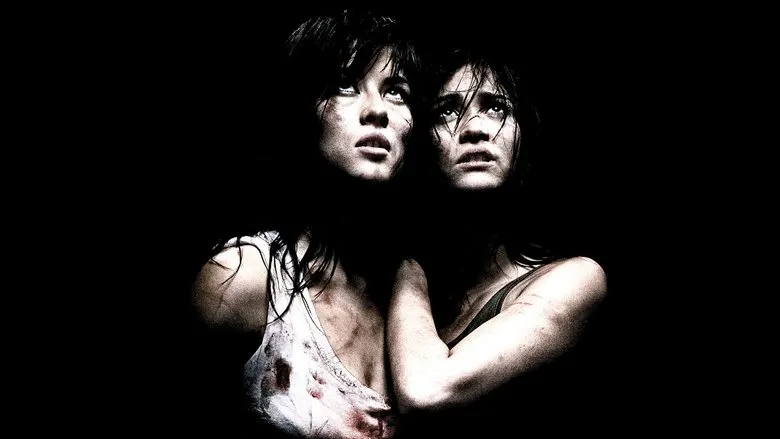 The pursuit of extreme violence
The pursuit of extreme violence
“Martyrs” is so much more than just a movie that plays on jump scares. Instead, it is a film that stays with you and challenges your emotional state. For individuals who appreciate such experiences, this film will be appreciated. However, viewer discretion is advised. This movie requires a robust psychological constitution.
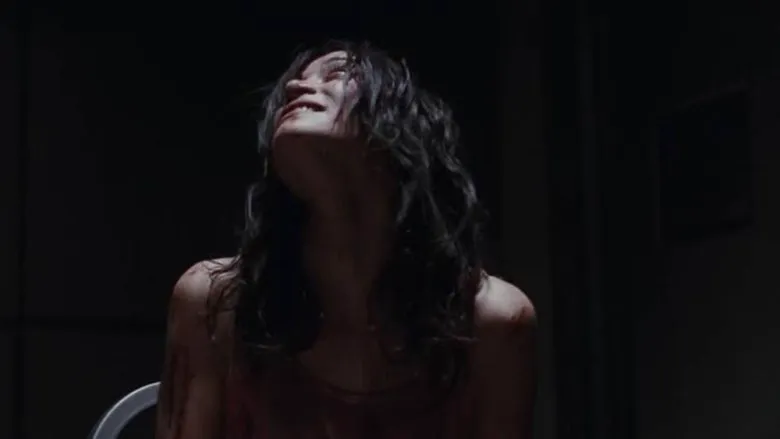 A victim
A victim
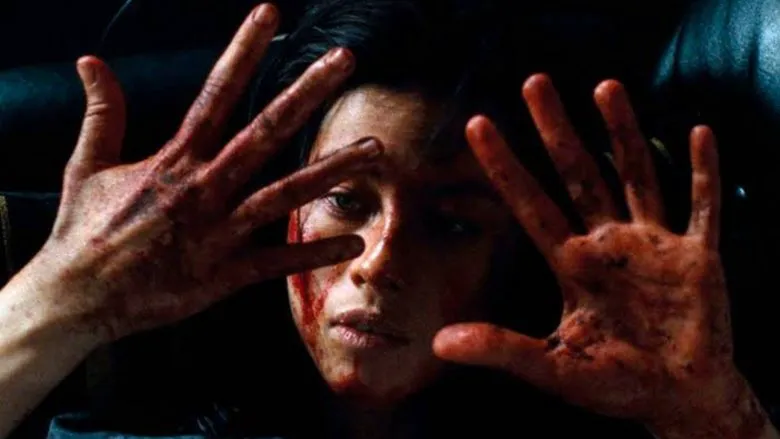 Martyrs
Martyrs
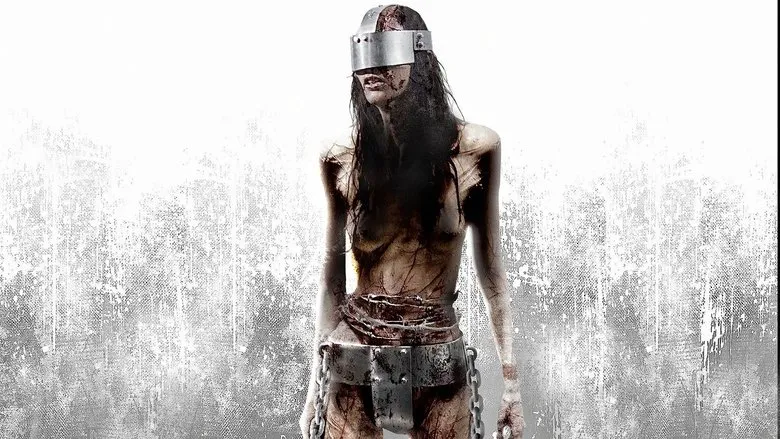 The ending of Martyrs
The ending of Martyrs